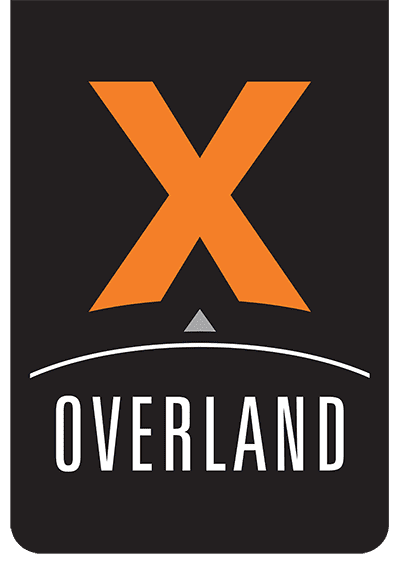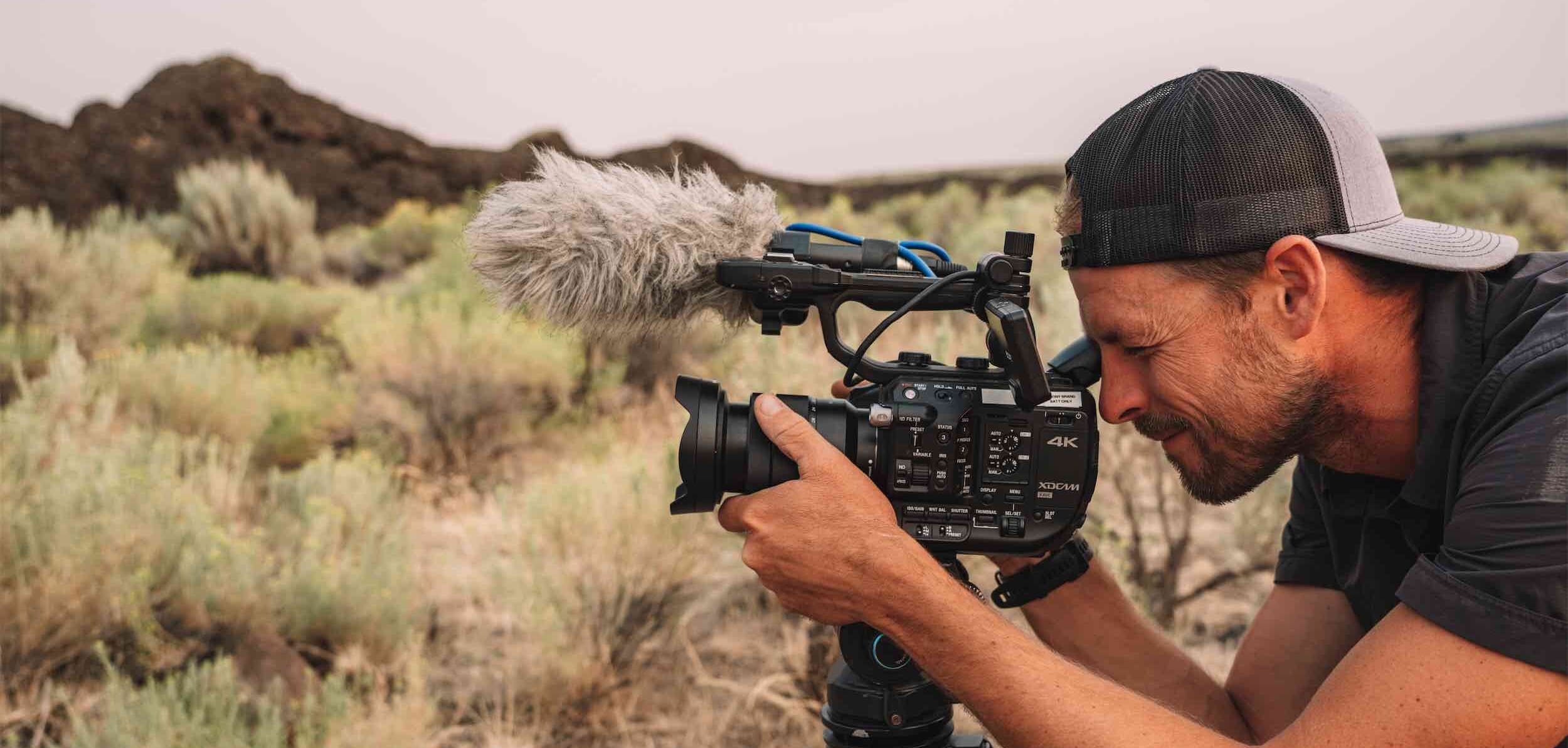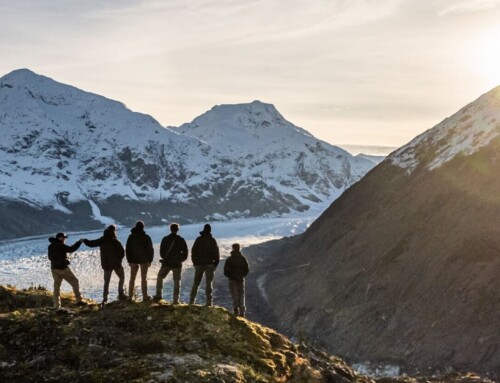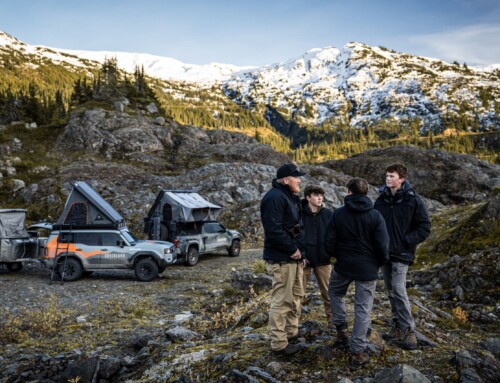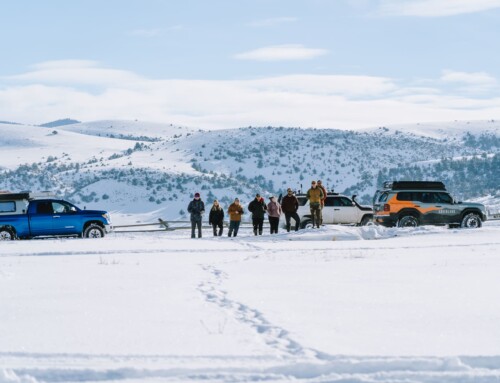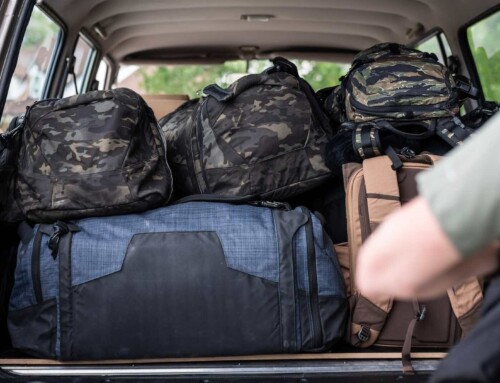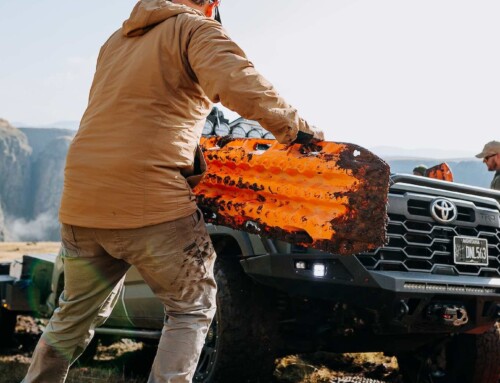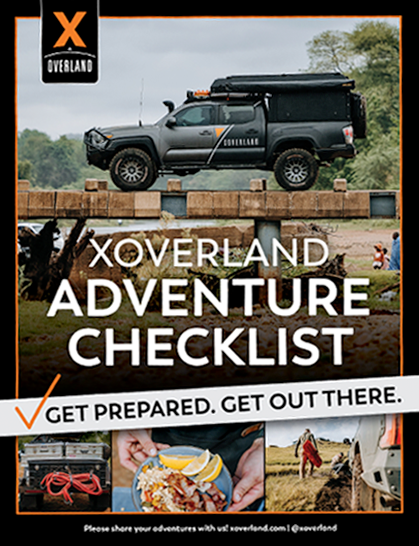Have you spent years being inspired by watching the films of others and now wish to start making your own?
Maybe you’re thinking, “Man! I do all kinds of cool stuff. I should be making my own films!”
You might simply want to share your adventures with friends and family or you may have aspirations of YouTube success and award-winning cinema. Either way, the basics of getting started filming your experiences are the same.
With years of experience in making our own films, we’re not here to share our most coveted cinematic secrets. We’re here to help you get started down the path to finding your own!
Whatever your goals, this is what you’ll need to get the cameras rolling so you can start capturing your adventures on film.
Ready! Set! and…ACTION!! 📹
NOTE: If making films is your thing, check out our Overlander Film Festival!
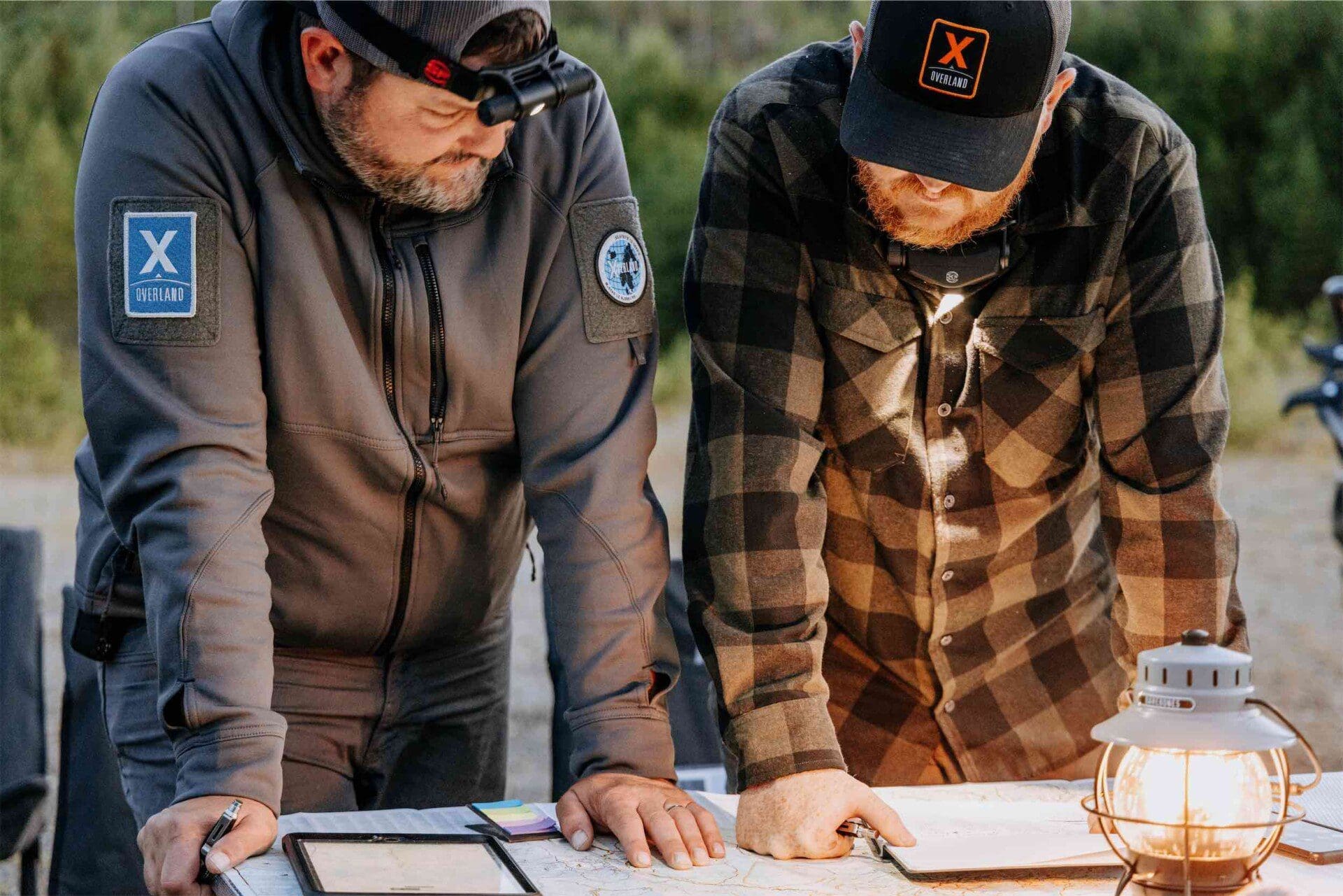
The best camera equipment in the world cannot replace the skills required to tell a great story.
Start with Story
Whether shooting from an iPhone or a $10,000 cinematic camera, the story is the most important ingredient in making an inspiring and impactful film.
So how do you come up with a great story? Story generation can look different for a variety of filmmakers, but here are some tips to get you heading in the right direction.
Pro Tip: For an in-depth look at how to find your story, listen to our podcast with award-winning filmmaker, Laura Titensor!
Think about what matters to you.
What do you care about the most? What do you think is worth sharing with others? What do you know that’s unique or special in some kind of way? When considering your first film, don’t get caught up in thinking about what everyone else would like to see; instead, think about the stories you’d like to tell and why they’re important to you.
Start Simple.
Iconic American writer, Ernest Hemingway, was famously challenged to tell a compelling story in only six words. He wrote the following: “For sale: Baby shoes, never worn.”
These six words invite the reader to respond in all kinds of ways. Some will cry. Some will question what happened. The point is that a powerful story can come from a single sentence or a 500-page novel. The same is true for film.
Our advice is to start with a simple story expressed through a short film. We’re not saying to give up your dream of filming a feature-length documentary. We’re just suggesting that the idea you have in mind for your first film not be too intimidating. We suggest a concept that you feel is within your reach, allowing you to see it through and build confidence in your ability to make a film!
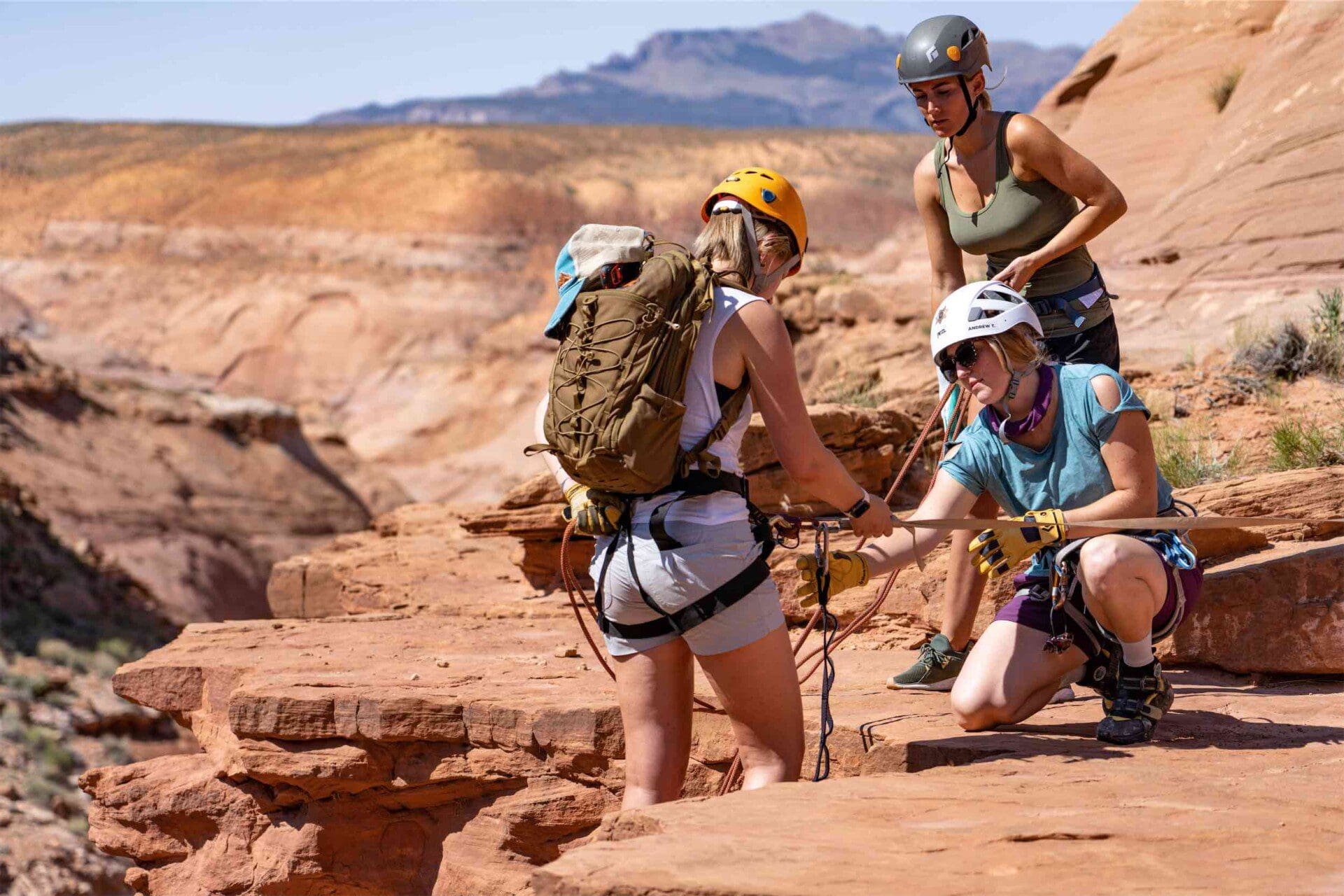
Consider collaborating to form a group adventure when making plans for a film!
Brainstorm with Friends and Participants
Who is going to be involved in making your film? Your film may be entirely a solo affair, but if not, consider sitting down to brainstorm with the people who will be a part of the process.
Maybe these individuals are fellow adventurers, family members, or volunteer production crew. Whoever they are, it’s always wise to make time for an idea-generating discussion.
This shared brainstorming phase can be an important part of the creative process–and a lot of fun!
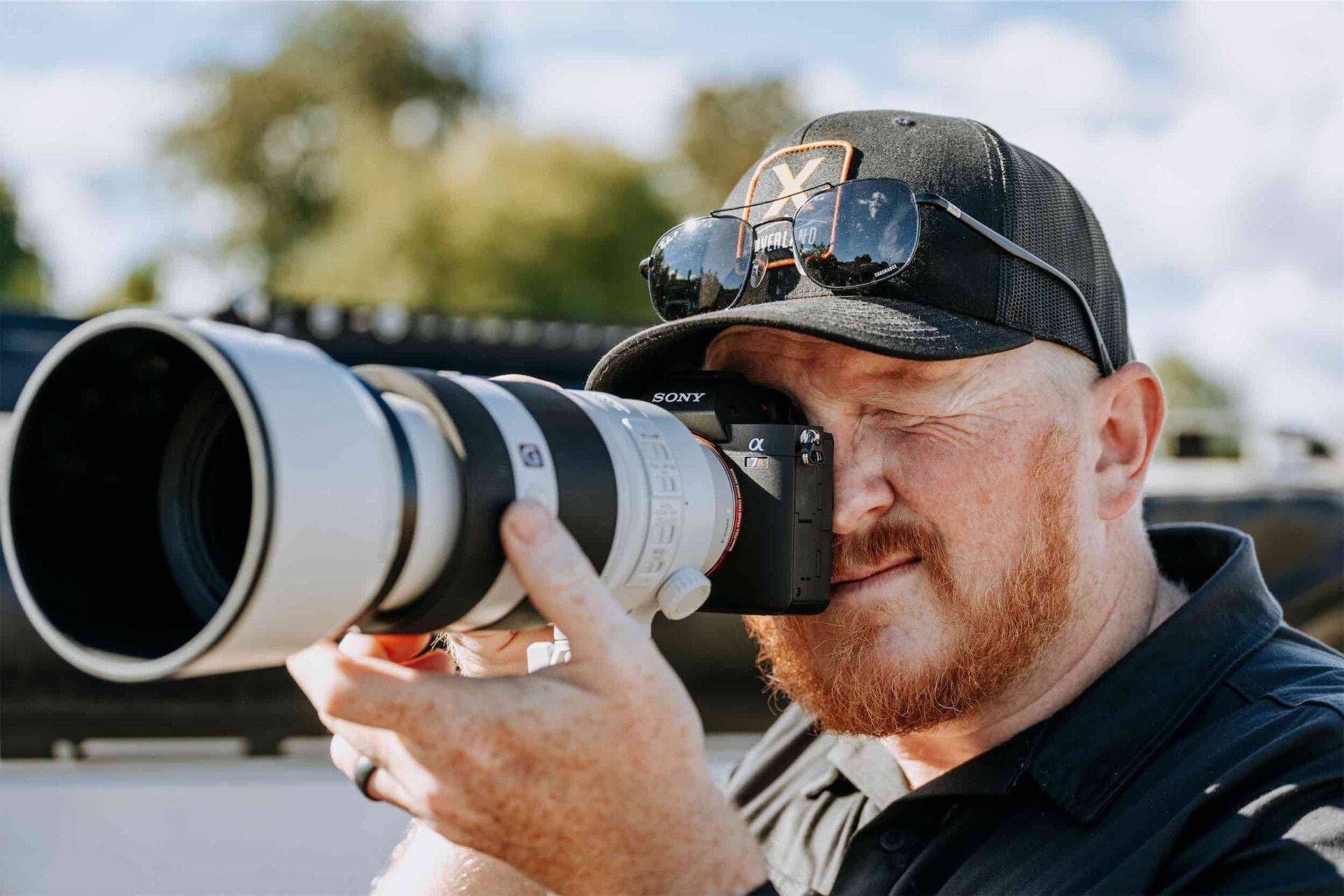
The right equipment can make a big difference in how you’re able to capture footage and audio for your film.
What Will You Need to Film Your Adventures?
Begin with what you already own.
Before you rush out and rack up credit card debt by buying new equipment, take a look around at what you already have.
By taking a closer look at the features of that handheld camera you’ve had for years, you may find you have more to make a film with than you realized.
What about that GoPro you bought for your kid on their 10th birthday? The one they barely got out of the box, and you may have dismissed as a childish trending toy? Sure, it may be a few generations behind the latest and greatest model, but it still has the ability to help you tell a compelling story. Now is the time to dust that thing off and learn how to use it!
There may even be an old camcorder around somewhere that would be fun to play with, even for very specific shots, or perhaps a tripod that’s been attached to the family telescope since your kids were in diapers. Both can be turned into assets for your production crew!
If you look around and all you find available is the smartphone in your pocket, you can still tell an engaging story with only that single piece of equipment.
Pro Tip: To learn more about how to tell a story through film, try checking out this helpful tutorial by YouTube content creator, Jeven Dovey. YouTube is an excellent resource to learn more about all things filmmaking!
Digging through your house to repurpose a variety of items into filmmaking equipment is part of the fun of making your first film! Don’t miss out on that, and be sure to see what you can find before you start spending lots of money. Remember that the money you spend on new video and camera equipment could be used for the adventure itself.
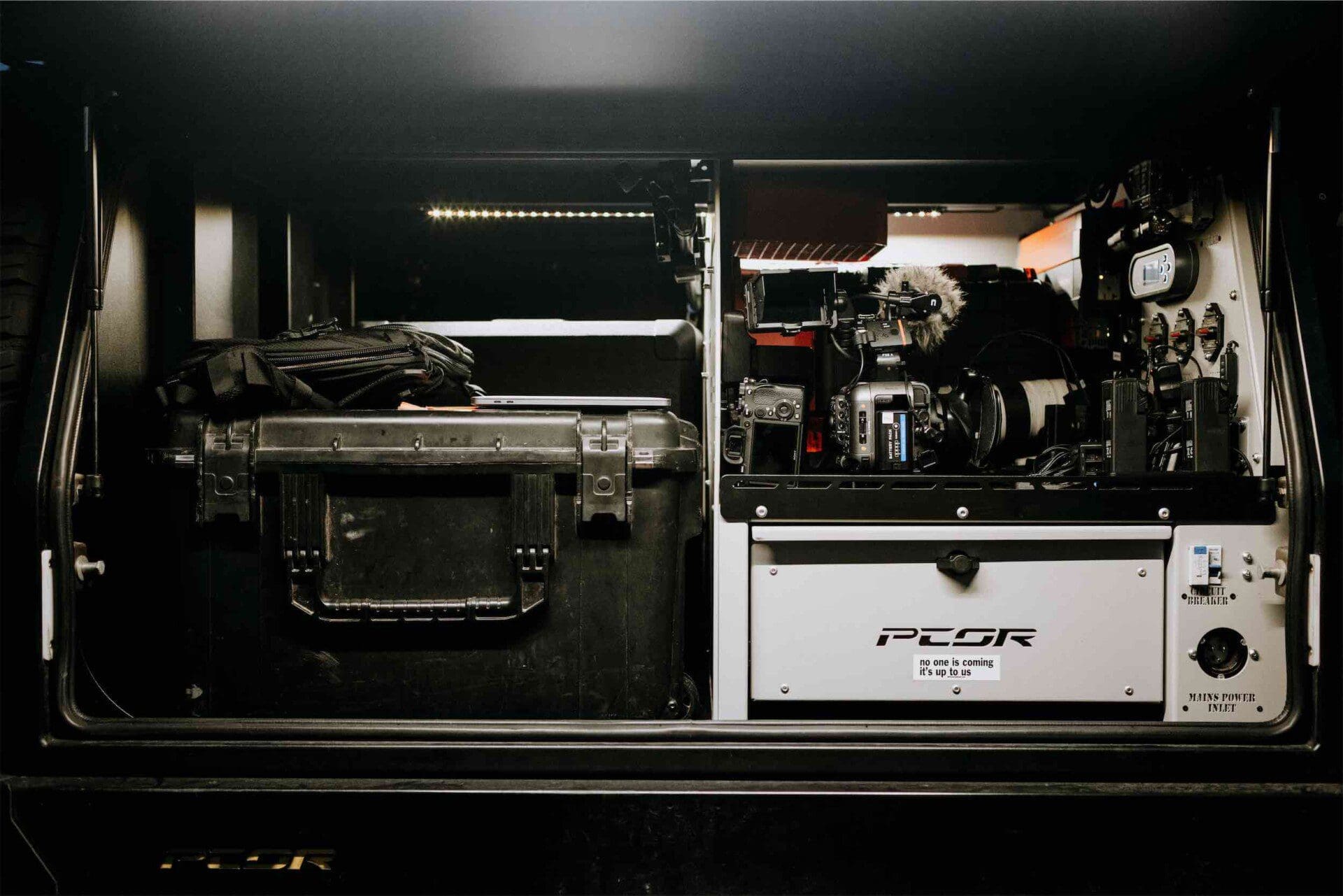
To have lots of filmmaking equipment or to keep it simple? It’s important to assess your needs.
When You Decide to Buy….
While it’s true that to get started in filmmaking, all you need is an iPhone and the ability to tell a good story; if you stay in the game, you’ll eventually want to upgrade your equipment.
Once you understand the basic elements of telling a story through film, improved video, audio, and editing capabilities simply give you a broader range of tools with which to create. It’s fun to figure out what that next piece of kit will bring to your filmmaking capabilities and exciting once you have it!
To help you take that next step in adding to your filmmaking arsenal, here are some suggestions, along with a few pro tips.
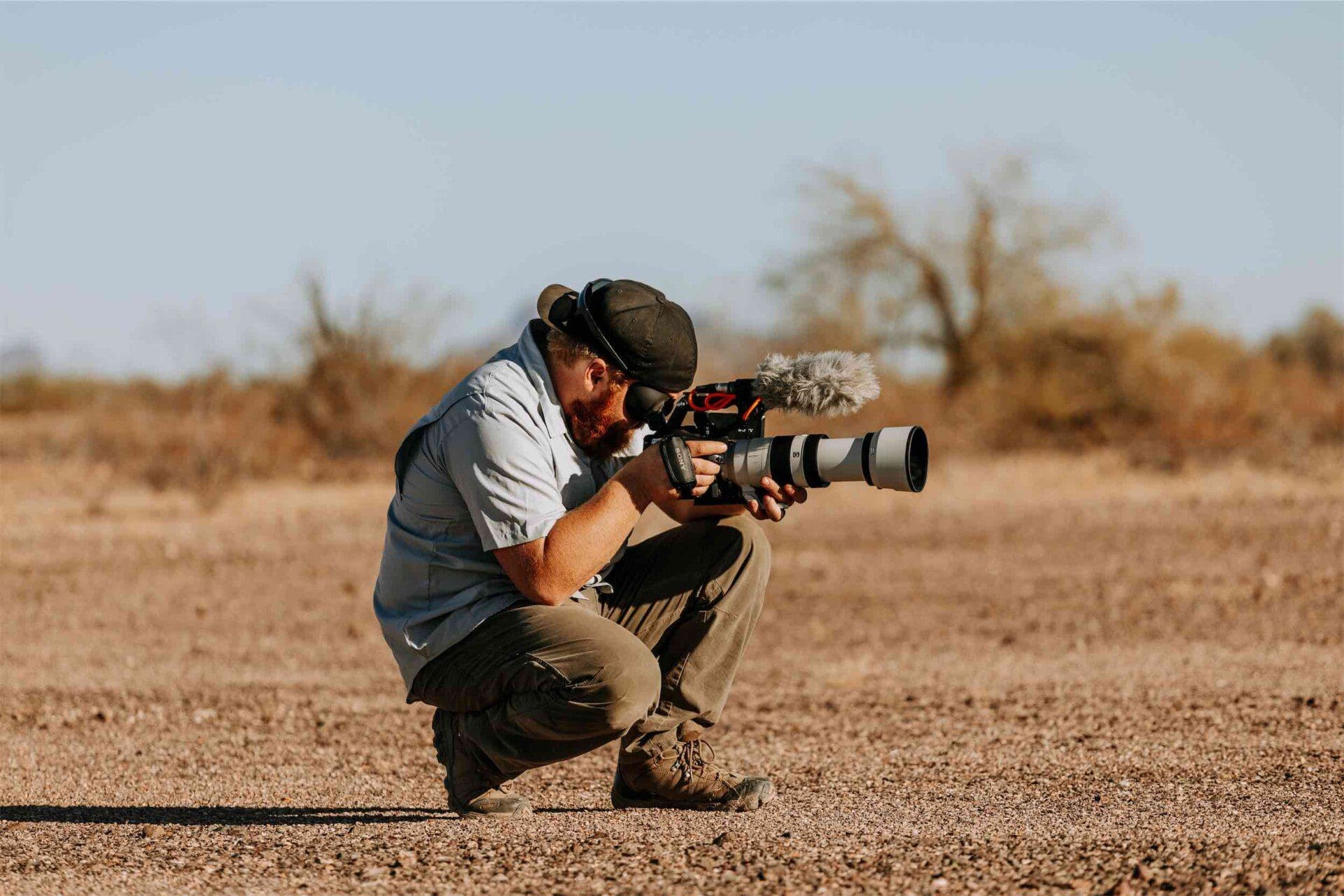
There are a lot of cameras to choose from today. The good news is that almost all of them are excellent.
Video Cameras
We recommend a capable DSLR (Digital Single-lens Reflex) camera along with a few basic lenses that will allow for close-up shooting as well as zooming in on a subject from afar.
To these lenses, add an assortment of filters to play with. Especially useful is a polarized filter that is excellent for reducing glare and enriching color.
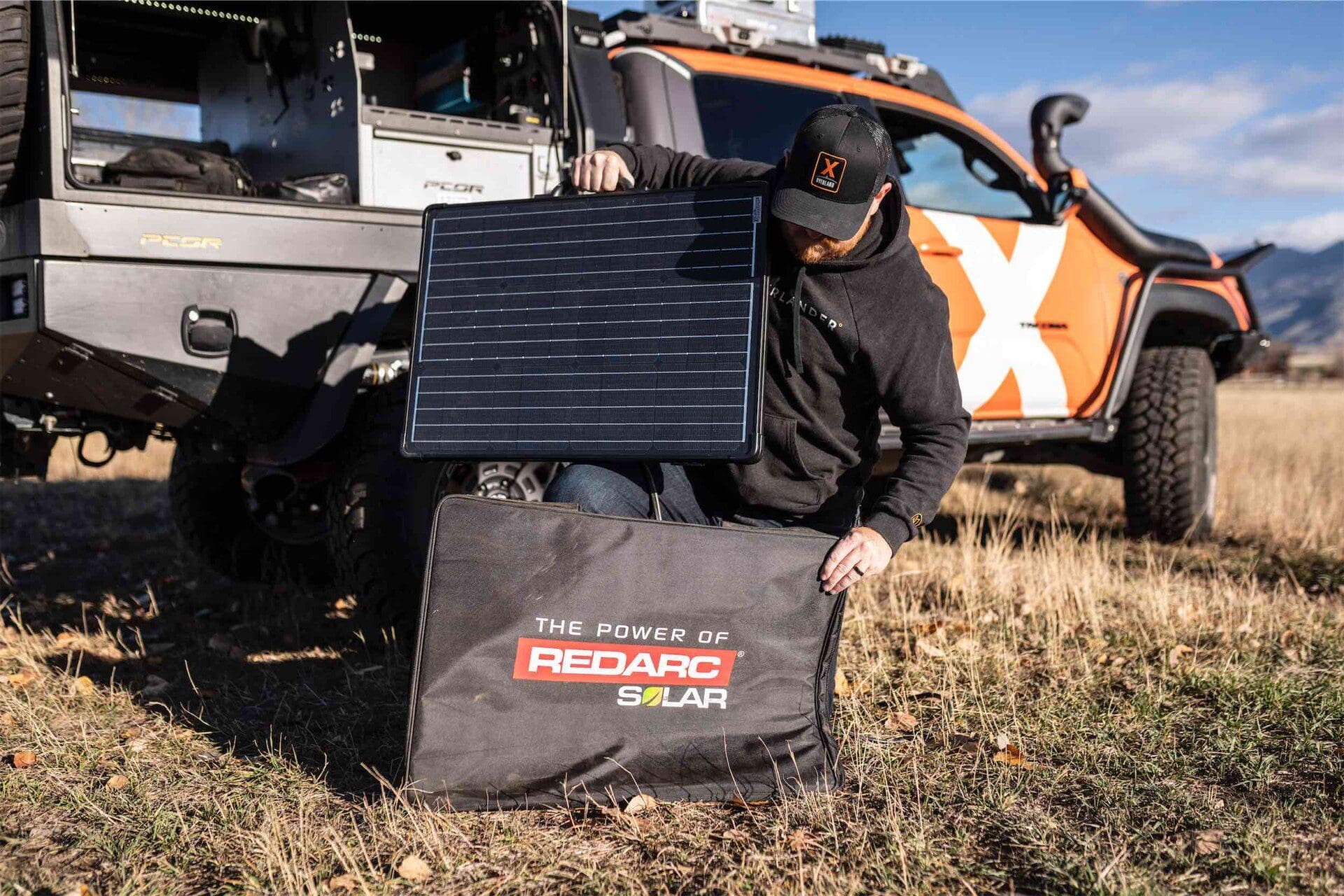
Portable solar, like this unit from REDARC Electronics, is an excellent option for staying charged up in the field.
Next, ensure you have plenty of batteries to supply power to whatever camera unit you use. There is nothing worse than being in the middle of a shoot and running out of power! This means that you will also want some additional chargers to be able to recharge your batteries efficiently.
Pro Tip: Take a charge pack with you into the field. Charge packs are capable of storing a tremendous amount of power that will allow you to recharge your batteries anywhere. (We like the Anker Batteries. Just remember to charge it up before you go!)
For your camera, consider buying a well-made tripod and even a handheld gimbal to get steady shots free of camera shake. Tripods are also excellent for “talking head” (people talking to the camera) sequences, time-lapse shooting, and for camera placement along the road or trail. If you plan to take your tripod along on hikes or pack it on a motorcycle, consider spending more on a lightweight, carbon-fiber unit.
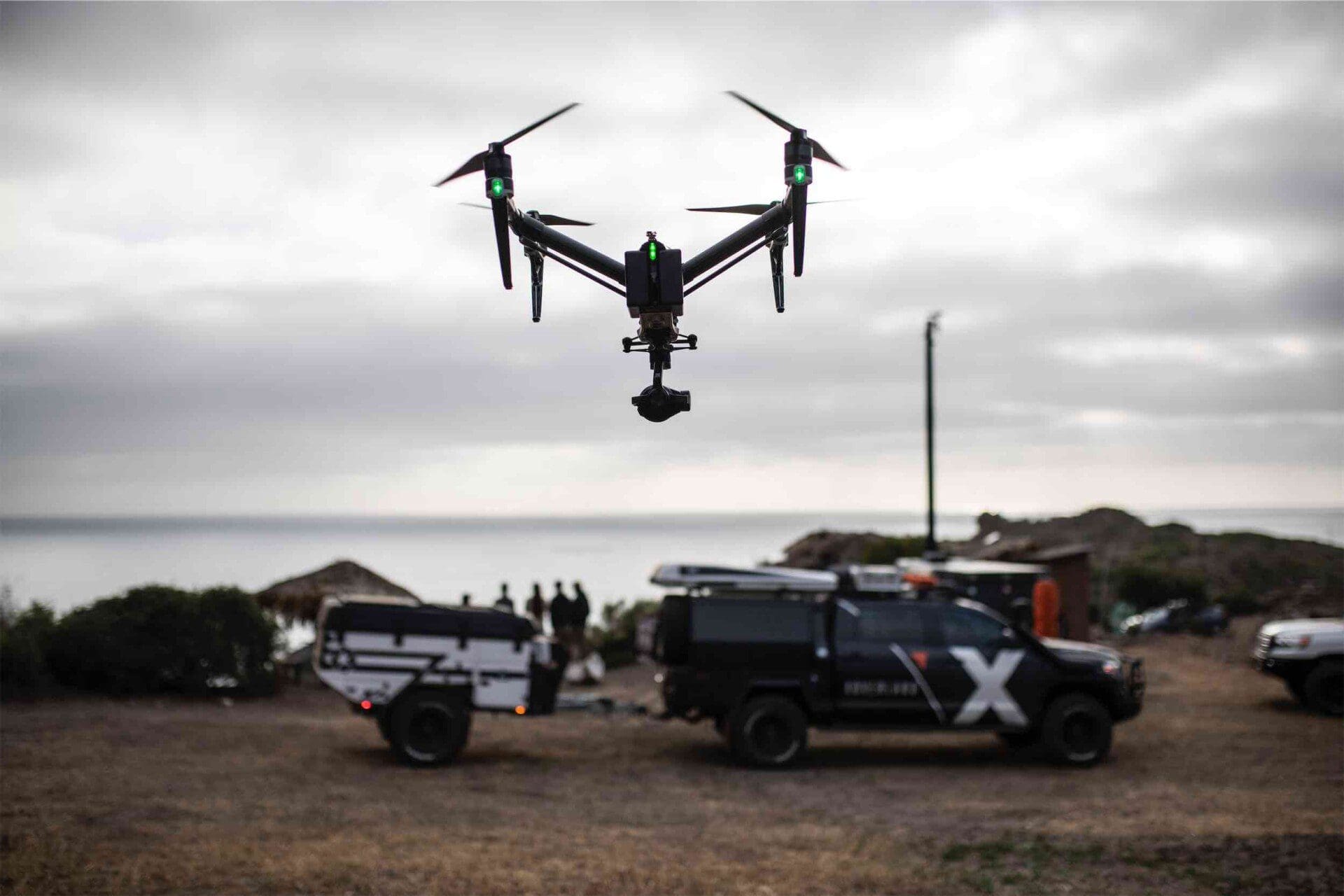
Drones add a lot of capability to your filmmaking, but be sure to check with local regulations to make sure it is legal to fly in the area you’re shooting.
Drones
There is no arguing that drones have been game-changers in the world of filmmaking. You might say that drone footage has become a viewer expectation and allowed for a vast and omniscient point of view previously impossible except by helicopter.
There are lots of drones to choose from today. The options can be overwhelming, but we have found DJI to be a solid brand. Consider your needs and where and how you plan on using your drone.
Also, think about whether you’ll be launching your drone from the platform of a vehicle or carrying it with you on a motorcycle or backpack. Do you plan on strictly flying your drone or having it follow you on autopilot? Considering these use cases will help you determine your drone’s size, weight, and functionality.
Like your DSLR, make sure you have plenty of extra batteries!
Pro Tip: For a filmmaker, packing along extra batteries for your shoot is analogous to an overlander packing along extra fuel for her vehicle: Better to come home with more than you needed rather than run out while in the field!
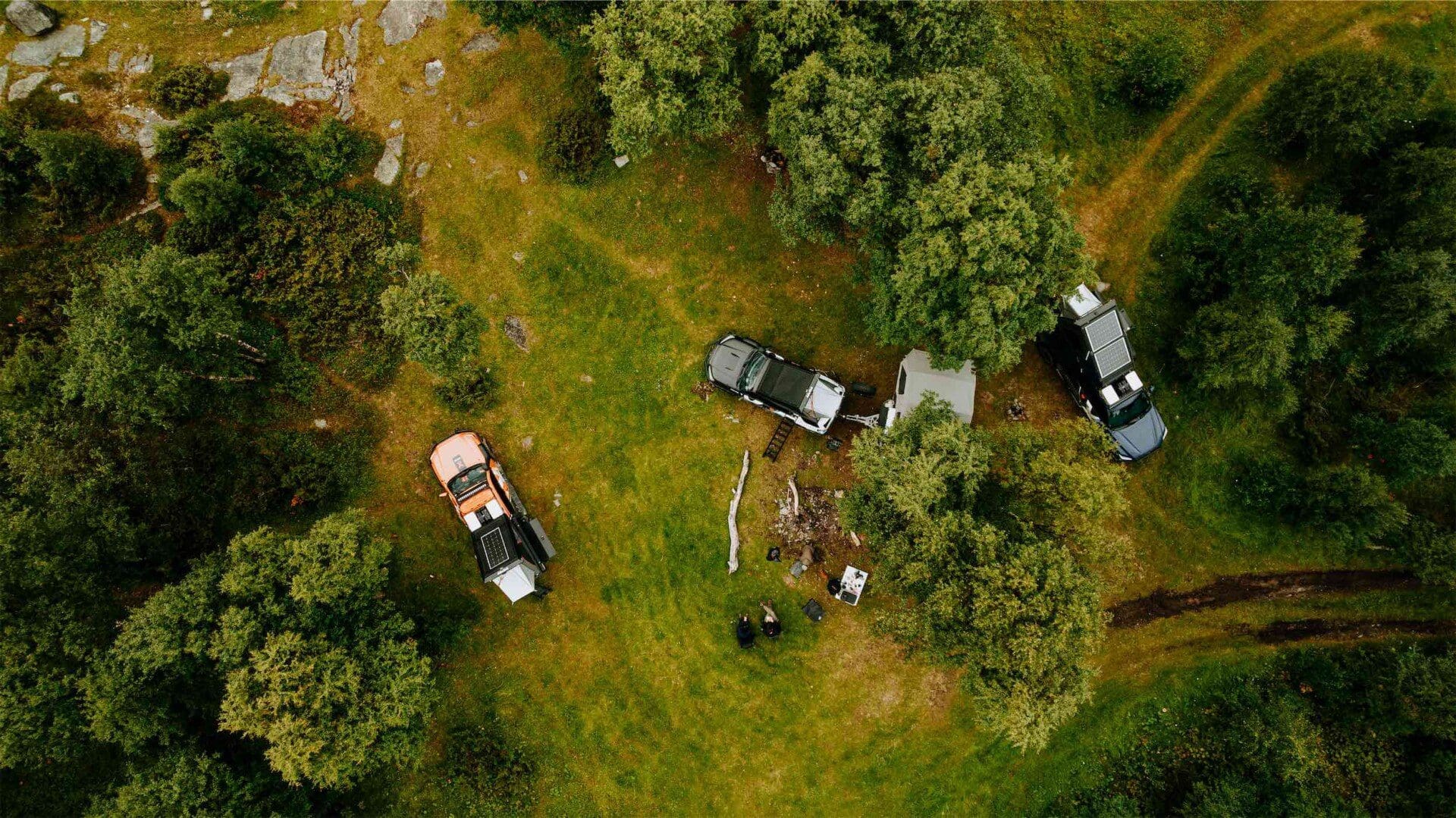
Please keep in mind that in many places flying drones has been outlawed. Most national parks, for example, have strict regulations pertaining to drones, and the FAA has outlawed flying drones in many airspaces around the country. There are a host of rules and regulations pertaining to flying drones abroad as well, so be sure to check the regulations affecting the area you will be flying before you fly, and be sure not to break any existing laws.
Also, whether the area you will be flying in is legal or not, be courteous of the people and wildlife around you. Drones capture amazing footage and can be a lot of fun to fly, but they can also ruin someone’s experience in seconds by detracting from the pristine natural setting one finds themselves in while recreating in the outdoors.
Finally, while drone footage is cool, remember that your goal is to tell a story, not just have a collection of cool shots. Consider using your drone without doing so excessively; the potential may be there to tell a better story.
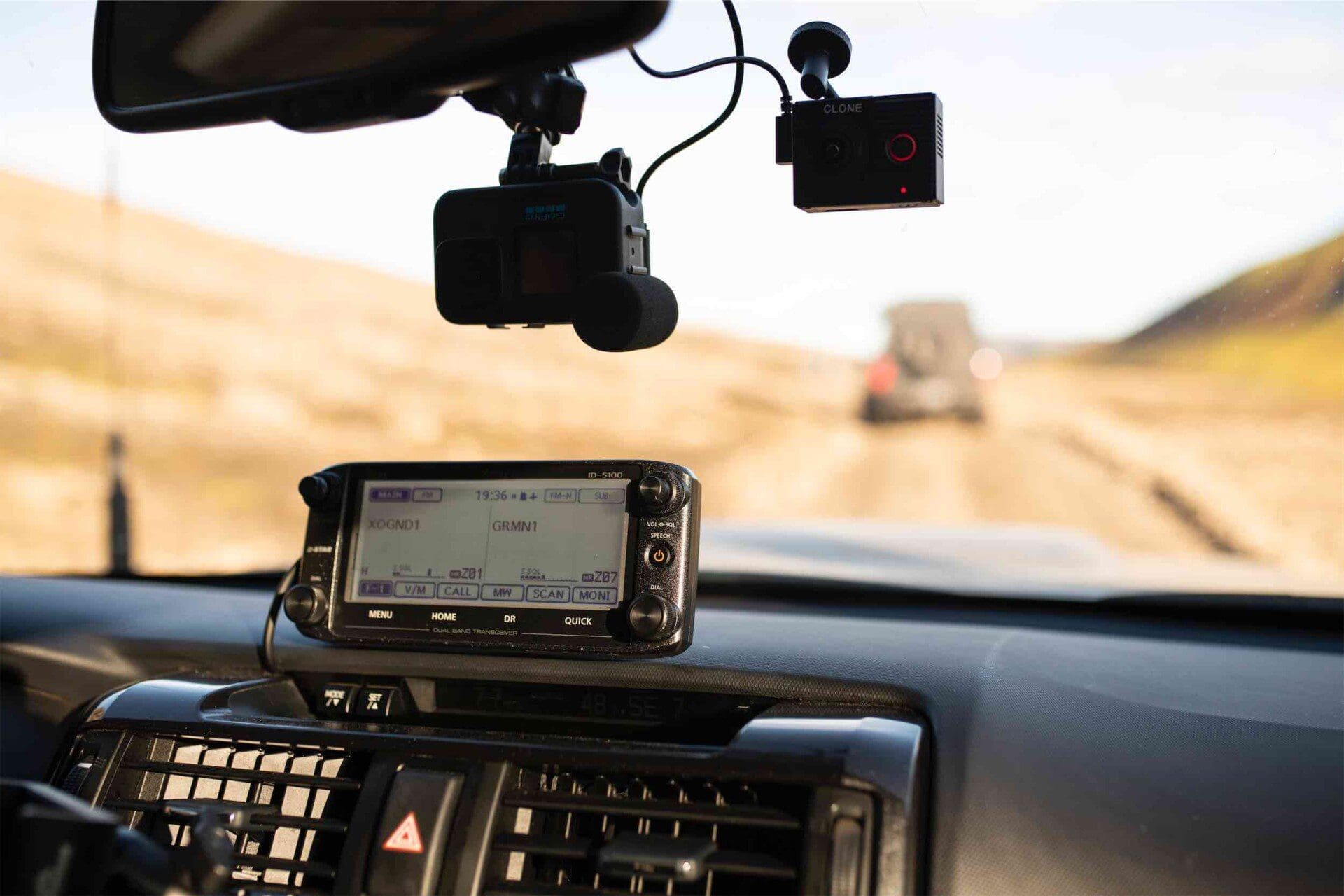
GoPros have their place. For us, that is usually inside the cab of our vehicles to capture conversations and a dash cam POV.
GoPros
GoPro cameras have been a staple piece of equipment for adventure filmmaking for decades. GoPro technology keeps improving, enhancing the capabilities of these small, bomb-proof cameras in terms of battery life and filming.
We find GoPros useful for inside the cab of a vehicle. Set up correctly, they are easily activated and can record cab conversations that can add insight, drama, and entertaining anecdotes to a story.
GoPros can also be mounted in a variety of places to provide a unique point of view. This is a great place to get creative and have some fun capturing exciting footage!
As with all your devices, make sure you have plenty of extra batteries to keep the camera rolling!
Pro Tip: When filming any particular shot, especially when doing interviews, be sure to start recording at least 5 seconds before the action happens and keep the camera recording for 5-10 seconds after the scene is over. So often it happens that something special occurs or is said immediately after the camera stops recording!
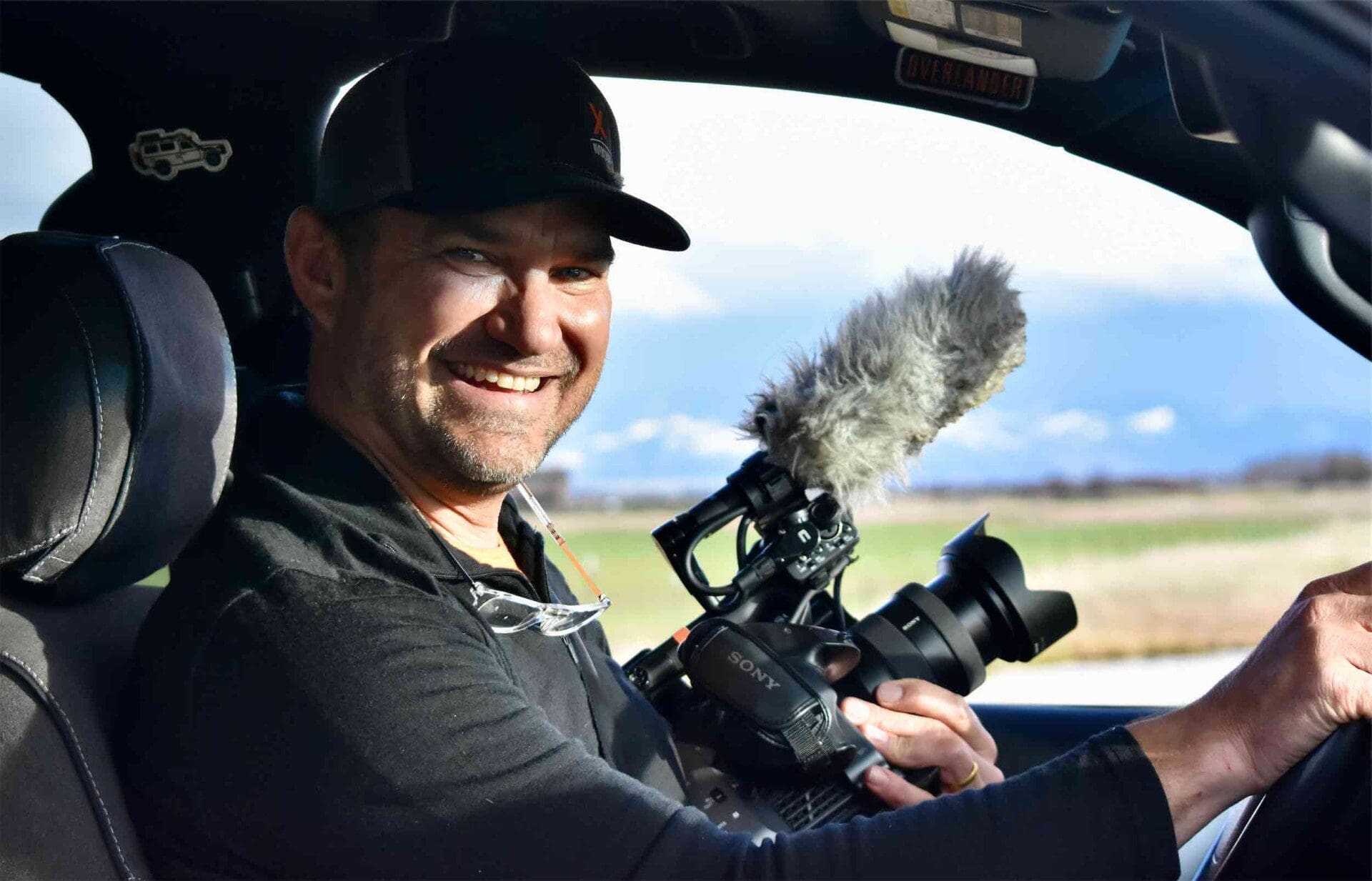
Audio is important to capture, and a windscreen such as the “dead cat” featured here is very helpful for muffling unwanted noise.
Audio–Because Sound Matters
When making a film, there is the video component to consider, of course, but what is often overlooked by first-time filmmakers is the audio. Audio happens when a character (maybe you) is speaking directly to the camera, when a vehicle is driving by, or when the rain is falling on your rooftop tent. Audio captures the sound of your experience, and it is very easy to run into problems with this aspect of filmmaking.
Here are a few simple ideas to help you not fall victim to the issue of poor audio:
- Don’t rely on the built-in recording mic in your DSLR. Instead, buy a 3.5mm external “shotgun” mic that mounts on top of your DSLR and cover it with a windscreen (a.k.a. “dead cat”) to muffle wind noise. Plug the mic into your camera, and you’re good to go.
- Buy a set of wireless lapel mics (a.k.a. Lavalier or “Lav” mics) to use when talking to the camera, whether for yourself or others participating in your film. The use of a Lav will allow for hands-free recording and produce much clearer sound from the speaker due to the lack of interference from outside noise and distance that would normally come between the DSLR and speaker.
Pro Tip: If you find out in post-production that you have some poor audio quality in certain areas, consider using music, adding narration, or even adding sound effects in those scenes. When your on location, spend some time purely recording sounds that you can use later during the editing process.
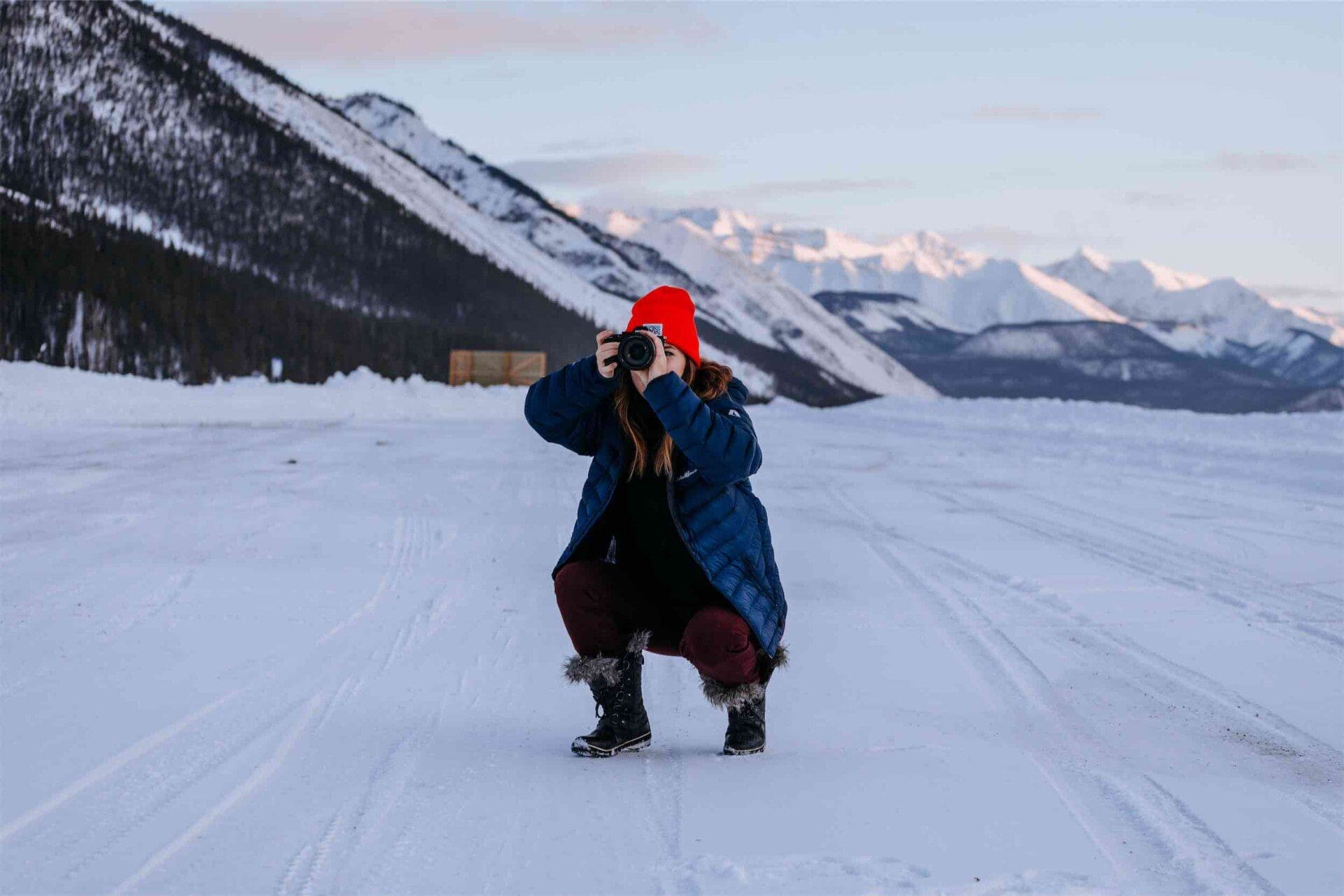
You work hard and spend a lot of time getting your footage, so be sure to protect it with reliable means of media storage.
Media Storage Solutions: Take Care of that Precious Data!
With filming comes a need for data storage. Simply put, the more you record, the more data storage you’ll need. This is especially true if you plan to record in 4k!
Here are our recommendations to manage your data and make sure that all that hard work recording footage is not in vain:
- Buy plenty of high-quality, high-capacity SD cards. Protect them from the environment and know where you keep those that are full and those that are formatted and clear of data. Be sure not to format a card before its data has been offloaded!
- Buy a couple of high-quality, weatherproof portable hard drives and get accustomed to storing your data in more than one place. The portable drive will give you a safe and immediate place to store your data.
- You can also upload your footage into cloud-based storage depending on how much material you shot and wifi access.
- Set up a large external hard drive at home as a server for all of your footage, and make sure that it lives in a safe environment for technology. Upon returning from your shoot, you can offload all of your footage onto this large hard drive for safekeeping and free up your portable drives and SD cards for the next adventure.
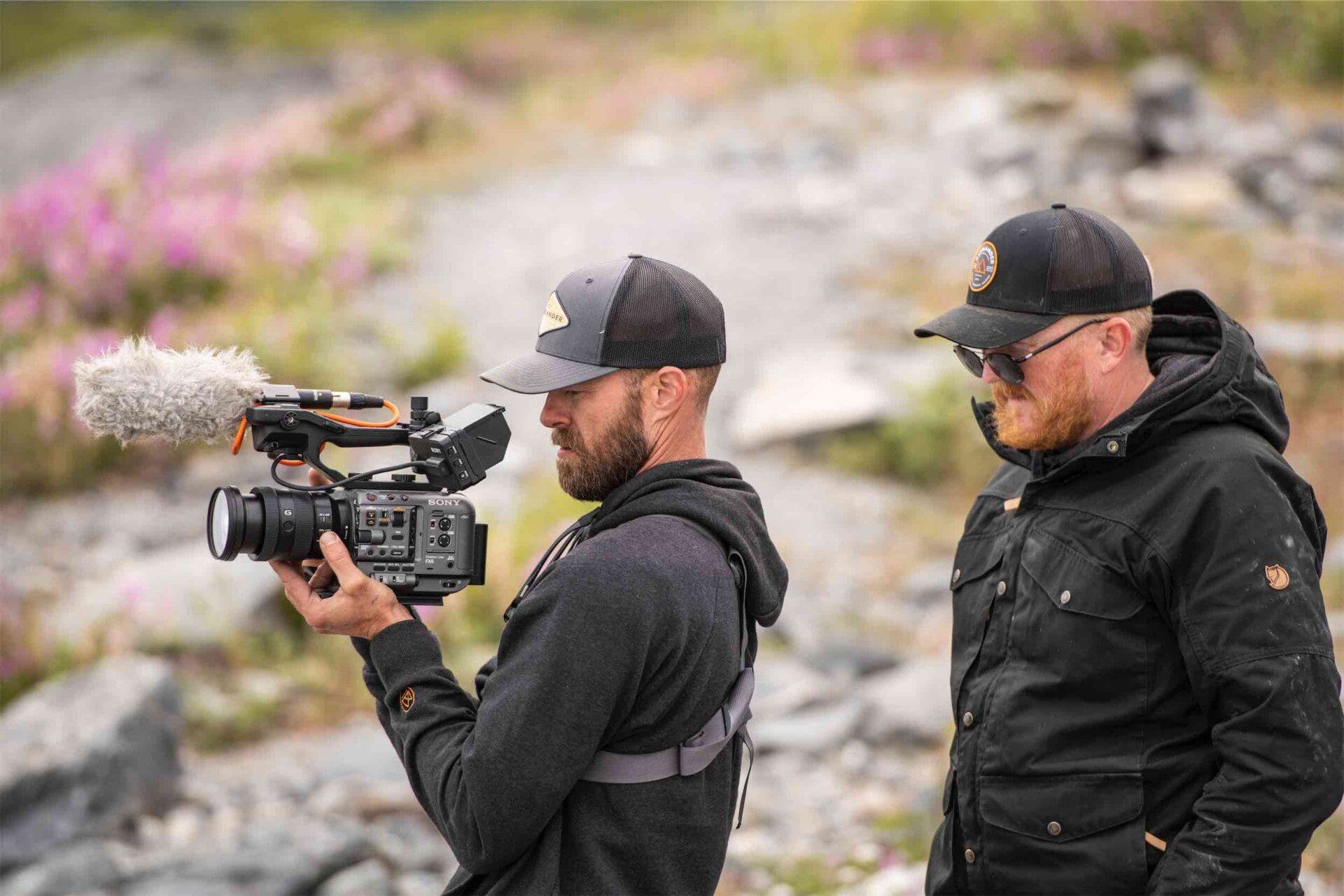
If you’re new to filmmaking, consider finding a mentor who can help you along the way. A mentor can be especially helpful in learning how to edit effectively.
Time to Edit!
You figured out the story you wish to tell. You shot all the footage you need and properly stored it. Now it’s time to edit your footage and turn all of that material into an award-winning film!
You’ll need some good film editing software to do that. Here are our suggestions:
- Final Cut
- DaVinci Resolve
- Premiere Pro
- iMovie
Pro Tip: Want to learn how to edit? Does using Final Cut look intimidating? YouTube to the rescue! Thankfully for those of us who are new to editing film, there are a host of creators on YouTube who are there to help. Here are a few we recommend:
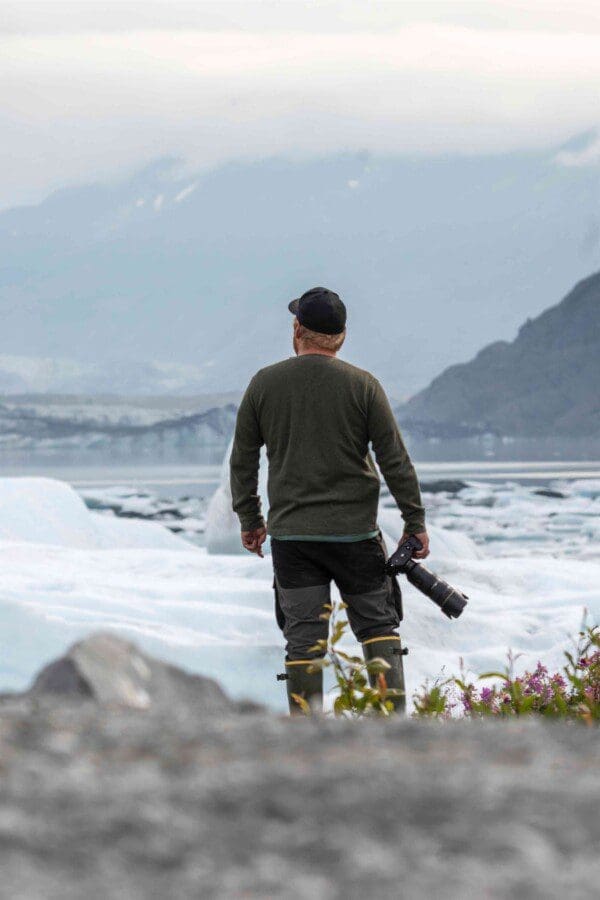
You’ve worked hard to make your film. Why not share it with others to inspire the world with your story?
Now You’re Ready to Share!
Maybe the audience you have in mind for your film is a handful of close friends and a few family members. If so, you still might want to consider creating a YouTube channel to allow people in this party to easily access your work.
Some of you may have bigger ambitions for your film, like competitions and festivals. If so, we recommend checking out filmfreeway.com. This website will give you a look at what’s available in the way of competitions and festivals and makes submitting to most of them a breeze.
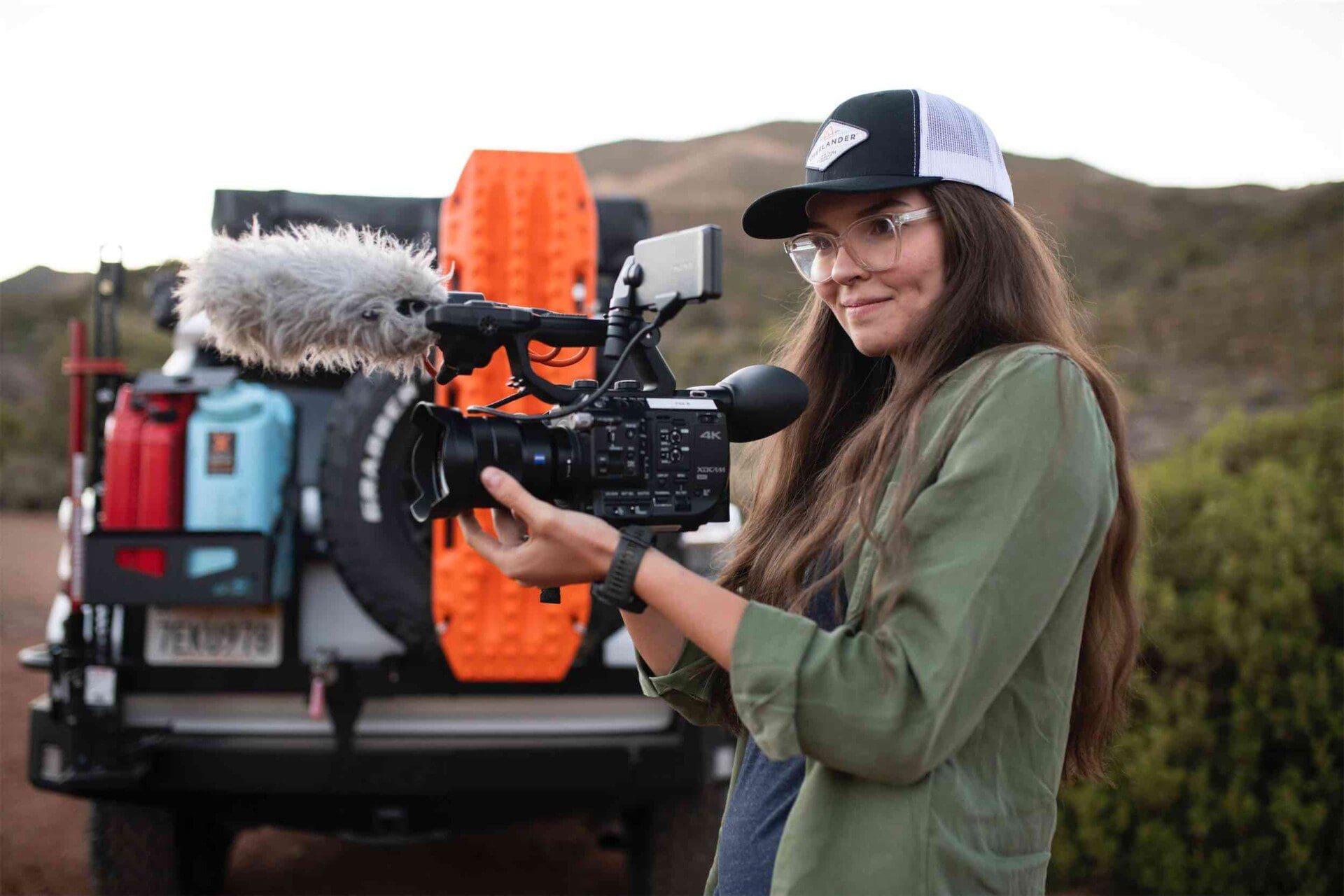
If you have a dream to tell a story through film, the most important tip we have is to #startsomewhere!
#StartSomewhere
Now that you’re armed with the knowledge you need to start making your own films, there’s nothing left but to get out there and do it!
Remember that filmmaking is its own pursuit–an art form–and really fun! You may even find at some point that you enjoy filmmaking and telling stories more than the activity that originally inspired you to pick up the camera in the first place!
Our final tip is to remind you not to defeat yourself before you ever get started. Set a goal to make your first film. Figure out the story you want to tell. Film it. Edit it, and share it!
We can’t wait to see what you create, and would love to see your film submitted to our Overlander Film Festival!
Ready! Set! and…ACTION!! 📹
